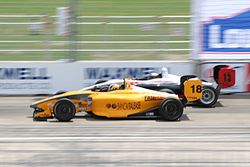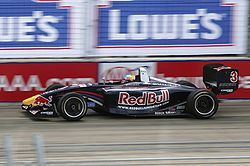 | |
 Swift Engineering headquarters in San Clemente | |
| Formerly | Swift Racing Cars |
|---|---|
| Company type | Private, Aerospace manufacturer |
| Industry | Aerospace engineering, Aerospace manufacturer, UAS |
| Genre | Aerospace engineering |
| Founded | 1983 California, USA |
| Headquarters | , |
Area served | Worldwide |
Key people |
|
| Products | UAS UAV Advance electronic sensors & systems |
| Brands | Swift Crane, Swift Ultra Long Endurance (SULE) |
| Owner | Matsushita International Corp (100%) |
Number of employees | <500 |
| Parent | Matsushita International Corp |
| Divisions | Aeronautics Systems Defense Systems Mission Systems Space Systems |
| Subsidiaries |
|
| Website | swiftengineering |
Swift Engineering is an American engineering firm that builds autonomous systems, helicopters, submarines, spacecraft, ground vehicles, robotics, and composite parts. The chairman and CEO is Hiro Matsushita, a former racecar driver and grandson of the founder of Panasonic, Konosuke Matsushita.
Contents
- History
- Racing cars
- Race cars designed and built by Swift
- Aviation
- Notable Aviation products of Swift
- Killer Bee
- Eclipse 400
- Sikorsky–Boeing SB-1 Defiant
- Swift020/021
- Swift Crane
- Swift Ultra Long Endurance (SULE)
- Naval technology
- XLUUV submarine
- Structure
- Recognitions
- References
- External links
Swift used to produce racing cars for open-wheel racing series including Formula Ford, Formula Atlantic, the Champ Car World Series and Formula Nippon. They company has designed and manufactured over 500 race cars.


















